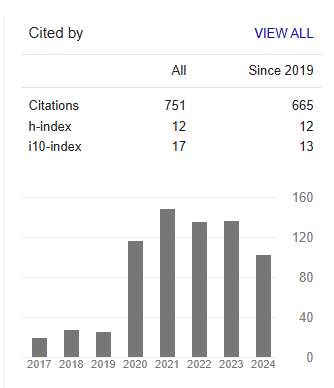Filariasis: Facts and Control Strategies in Indonesia
Abstract
Raden Roro Upiek Ngesti Wibawaning Astuti, Budi Mulyaningsih, RC Hidayat Soesilohadi, Suwarno Hadisusanto, Raden Wisnu Nurcahyo
Lymphatic filariasis is a neglected tropical diseases, which infection occurs when filarial parasites are transmitted to human through mosquitoes’ bite. In Indonesia, the infection incidence was increased significantly throughout these recent years, it was reported about 6,998 cases in 2004, and whereas in 2018 there were 12,677 cases. Moreover, Indonesian government has conducted two strategies, firstly by applying MDA to reduce the incident rate (mf rate <1%), and secondly by managing and monitoring chronic filariasis patients. However, there were still limited reported studies on the filariasis vector surveillance and control. In this study, we are focus in urban filariasis with Culex quinquefasciatus as the main vector of Wuchereria bancrofti. This mosquito was active during night time, at around 10 pm and 2-4 am, more likely active outdoor rather than indoor, and catched mostly during biting rather than resting activities. Their breeding places were mostly in stagnant and polluted water. In some endemic areas showed the high genetic variation among these mosquitos and defend proteins were detected in positive mosquitos. These proteins present in mosquitos to fight back the filarial parasites.



